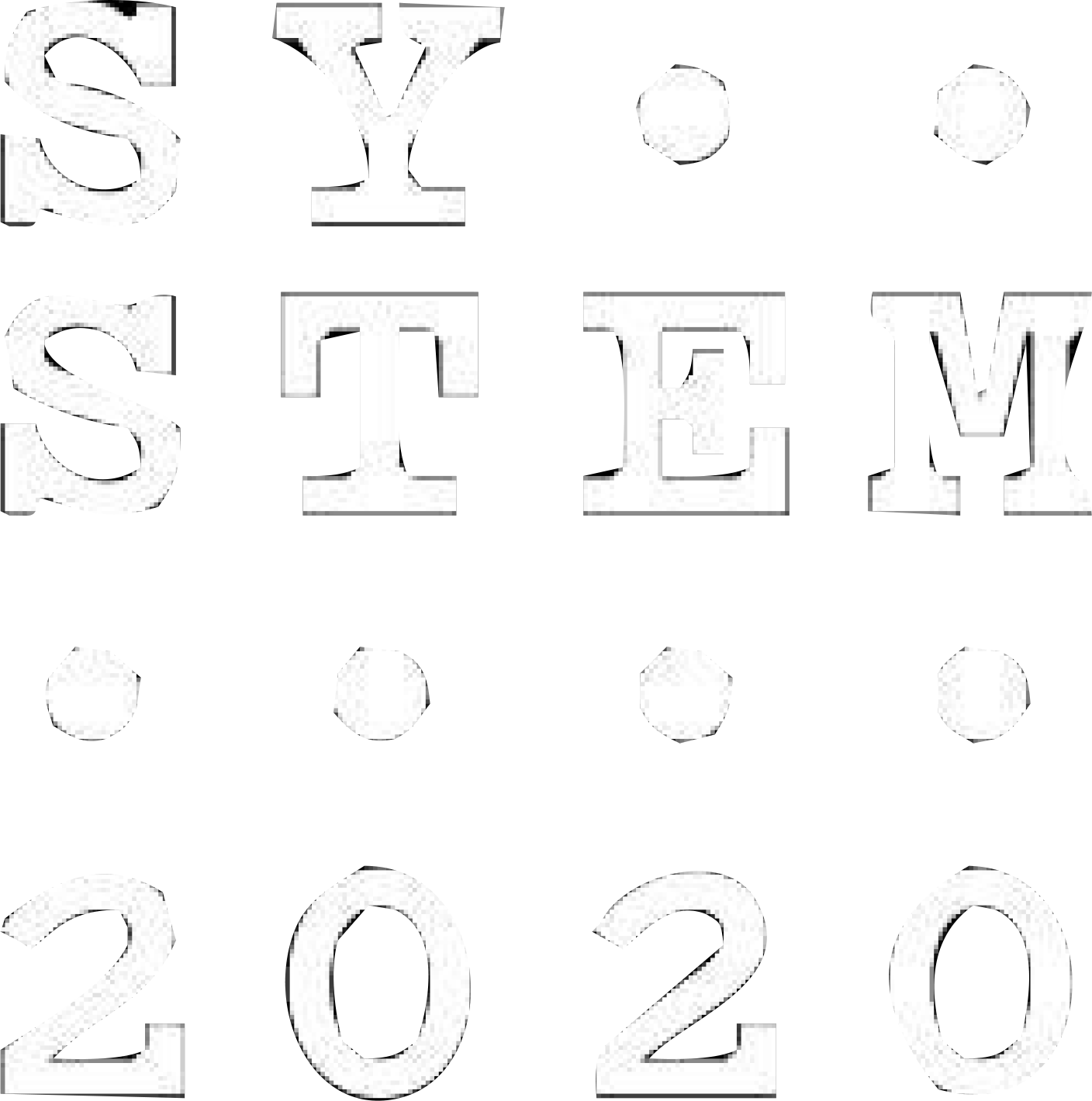
Cosmic Radiation
Listen to the sounds and watch the lights in the plexiglass rods. When that happens they have been hit by tiny parts of disintegrating stars from outer space, which are falling on us all the time.
A Geiger-Müller tube has been mounted in the instrument to measure ionising radiation. The ionising radiation is emitted when atoms disintegrate through radioactivity. A large fraction of the radiation detected comes from space.
Physicist Victor Hess described "cosmic radiation" as early as 1912, a discovery for which he was awarded the Nobel Prize in 1938. This radiation consists of charged high-energy particles, most of them protons, which fall on us constantly. But where do they come from? And how can they have so much energy that they can travel at very close to the speed of light through space, all the way down to Tom Tits Experiment to activate this work of art that makes their effects visible? The answer is that they come here from dead supernovae (exploding stars).









